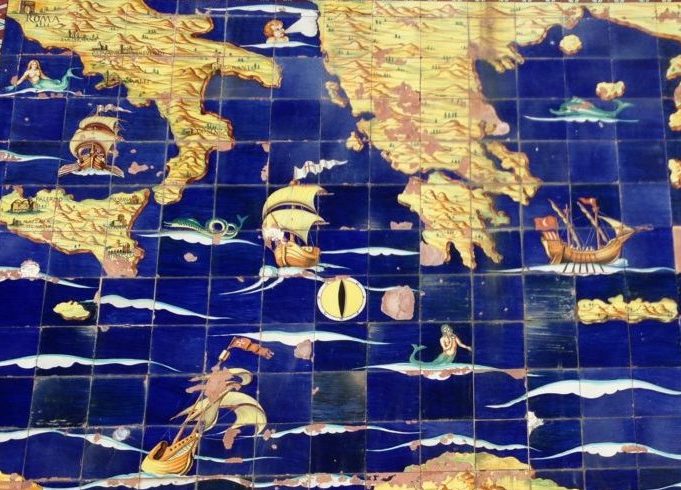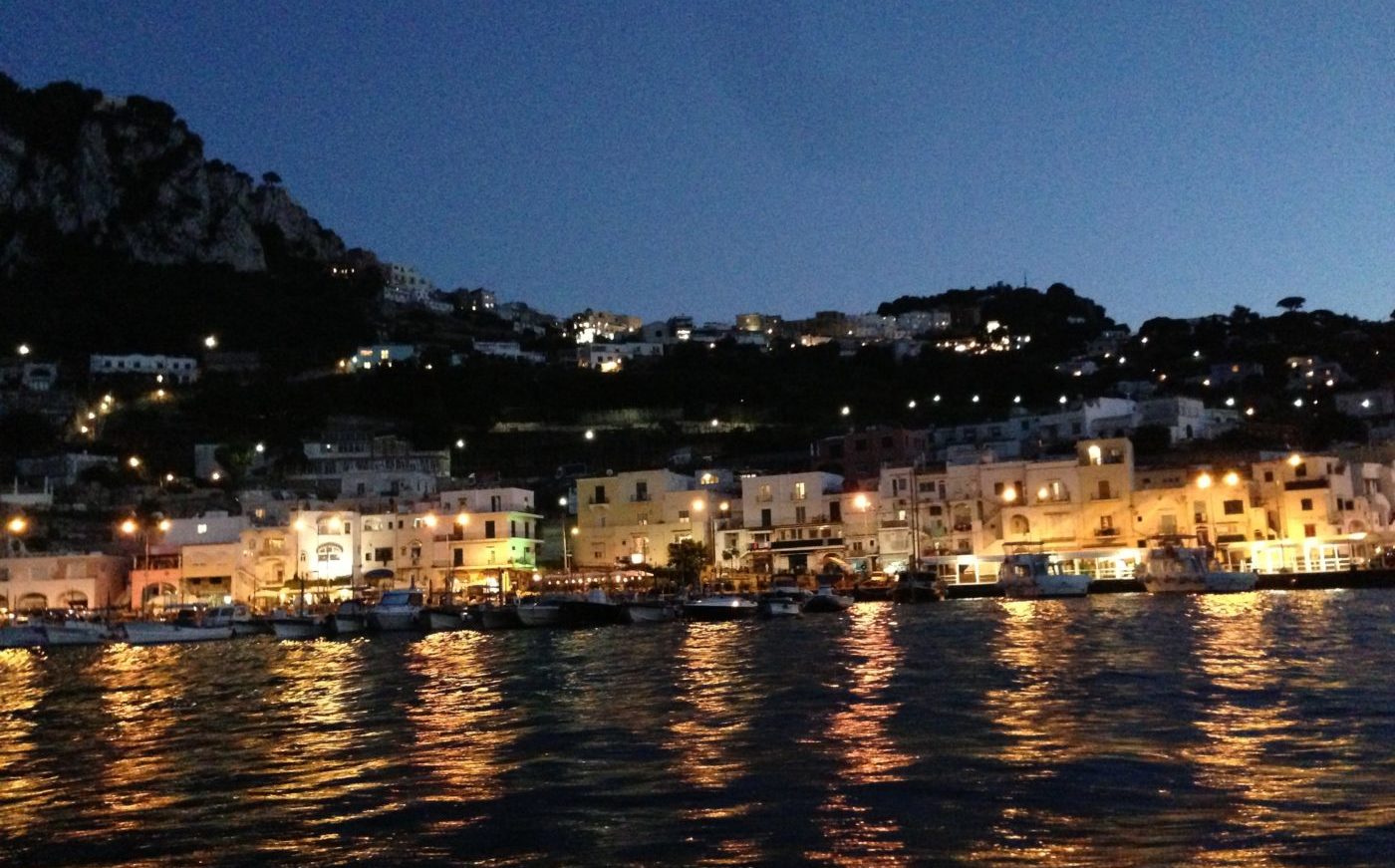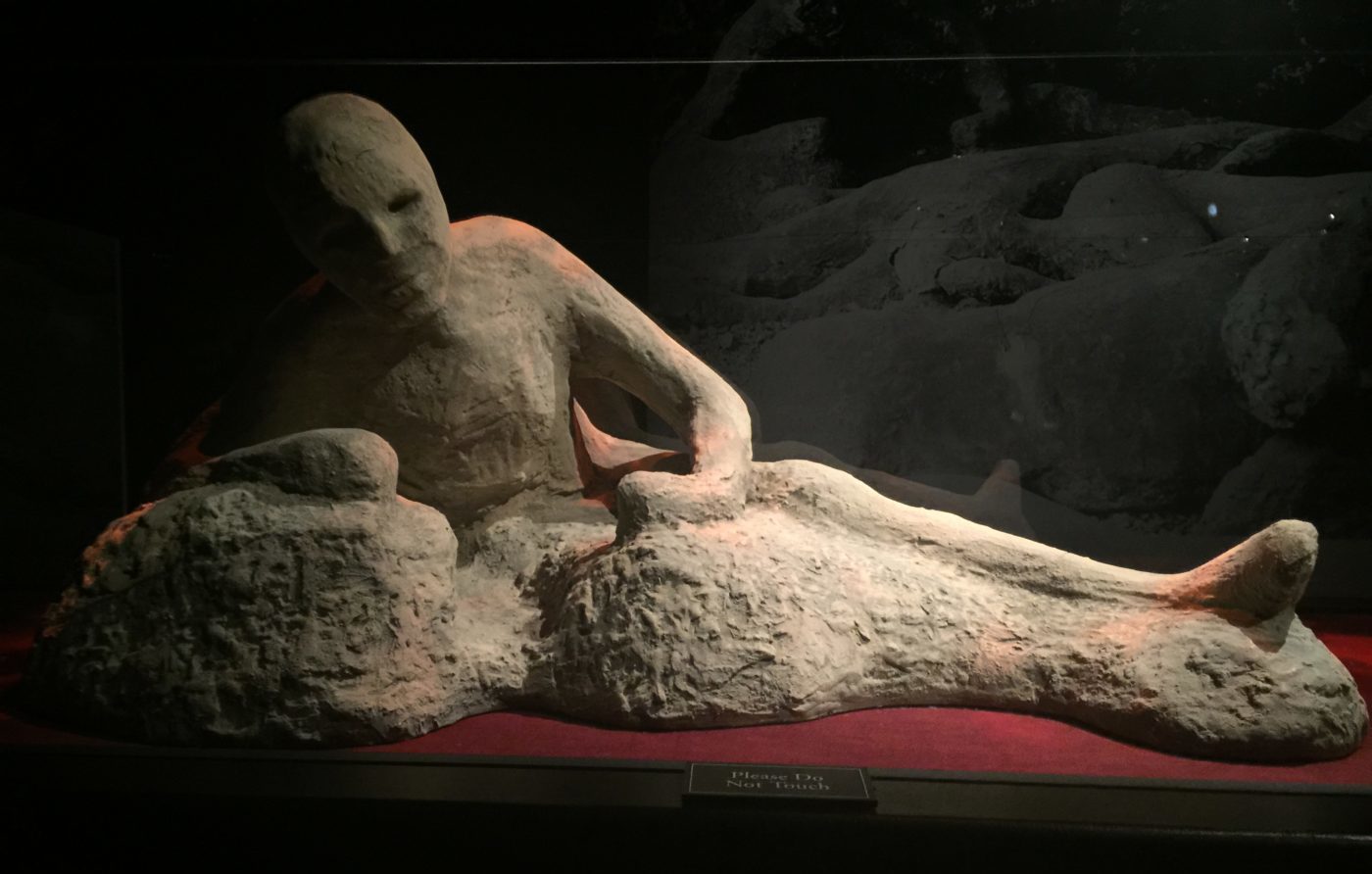
If you were a Greek in about 750 BC and you wanted to get away from the city state rivalries of the Peloponnesian Peninsula, you might have sailed around the southernmost Grecian landfall and headed due west. After a relatively short cruise, you would have bumped into the island of Sicily and set down roots. Those roots became Syracuse, described by the great Roman orator, Cicero, as “the greatest of Greek cities.” More Greeks followed and settled around the rest of Sicily and up the southern Italian coast.
The political history of southern Italy is exhaustingly complex. It has been ruled by Greece, Carthage, the Romans, the Vikings, Spain, France, Germany, Austria, and even Italy. Palermo is considered the most conquered city in Europe.
Sicily and “Southern Italy”, (i.e., the peninsula south of Rome), has been linked since medieval times as “the Kingdom of Southern Italy”. As a political entity it has resembled a volley ball, or maybe a poker chip. It has always had a “Dixie” complex. Similar to the American Deep South, it has never really liked being ruled by the North. (Between Salt Water and Holy Water: A History of Southern Italy)
Sicily has its own unique history. It has always been a stepping stone from Africa to Europe. Much of the island was originally settled by Arabs. The Popes sent Norman mercenaries, (French soldiers of Viking descent), to deal with the Muslims.

While the most famous Norman of them all, William, was conquering England in 1066, his relatives, Robert and Roger Guiscard, were campaigning in Sicily and Southern Italy, piecing together their own kingdom. The most spectacular palaces and churches in the Palermo area are their legacy. I highly recommend the entertaining Sicily: An Island at the Crossroads of History, for a fun recounting of the Sicilian story and its distinctive character.
Savvy travelers have heard of the enchanting Amalfi Coast and the Isle of Capri, (accent on the first syllable). How can you even think of Sorrento without hearing Pavarotti’s virtuoso lament, “Sorrento”? One of the greatest classical concert recordings of all time: The Original Three Tenors Concert. Land of movie stars and “Mamma Mia!” Even Roman emperors built vacation homes here. We will leave you to find your own amore, if you can avoid the crowds.

But, when it comes to ancient history, you will find that here, as well. Greek and Roman temples abound, from Syracuse and Agrigento on Sicily to Paestum on the Amalfi mainland. The big deals are the legendary Roman cities of Pompeii and Herculaneum, smothered by the ash of Mt. Vesuvius in 79 CE.
And that brings us to a short discussion on Italian volcanoes. You will discover that southern Italy has a very hot history. In fact, Naples is surrounded by caldera, including the Isle of Ischia just off the coast, to Campi Flegrei on the mainland west of the city, to Vesuvius to the southeast. In fact, the entire Bay of Naples is a big round caldera masquerading as a pretty seaport.
Most cruise itineraries to Naples also sail to northern Sicily, passing the conic islands of Stromboli, Lipari, Vulcano, and Panarea, on the way to Sicily’s Mt. Etna, the largest active crater in Europe. If you happen to cruise south of the island, you’ll pass Pantelleria and the submerged Campi Flegrei Mar Sicilia. This is the densest concentration of volcanoes in Europe.

The 79 CE eruption of Vesuvius clearly caught everyone by surprise with its timing and intensity. Pompeii and smaller Herculaneum, (the tile shown above), were completely buried in ash, creating an archaeological wonderland for future generations. They are still digging. (Pompeii: The History, Life and Art of the Buried City) The ash has done an incredible job of preserving this snapshot of ancient living. The guides love to show you the drawings in the brothel.
When reflecting on Sicily, it is impossible to ignore the worldwide influence of the Mafia. There are the glossy Hollywood versions: The Godfather – The Coppola Restoration, and Warren Beatty’s Bugsy
. and for the home screen: The Sopranos: The Complete Series (Blu-ray + Digital HD)
And there are the real-life versions: Cosa Nostra: A History of the Sicilian Mafia, or an eyewitness account, Gomorrah: A Personal Journey into the Violent International Empire of Naples’ Organized Crime System
, and on the American side of the pond, Five Families: The Rise, Decline, and Resurgence of America’s Most Powerful Mafia Empires
. It is a part of everyday life in Southern Italy.






